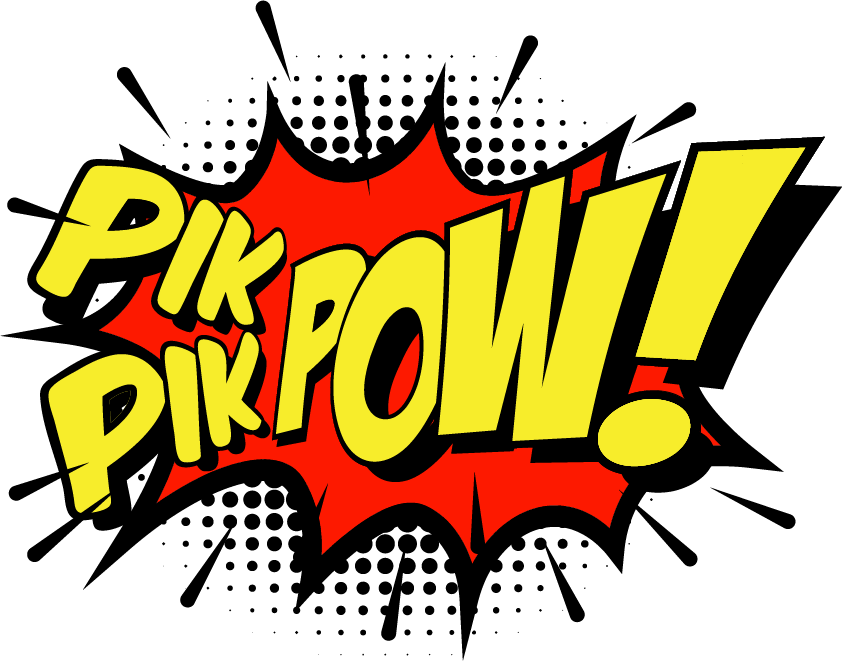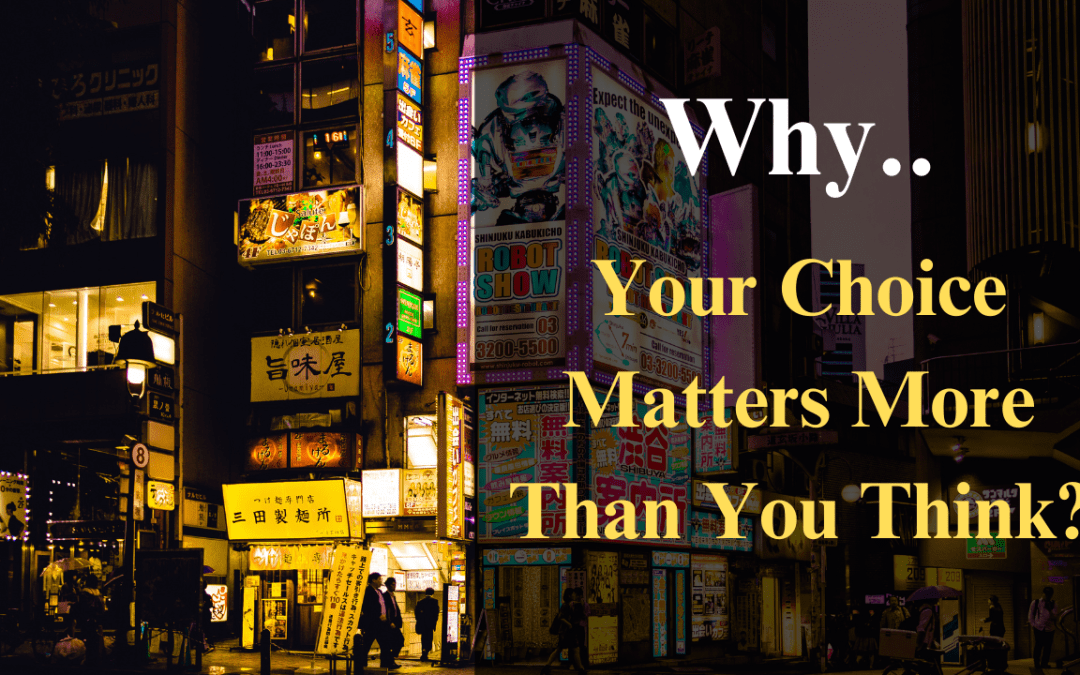What to keep in mind When Choosing Signage Materials ?
Generating impactful signage is more than just selecting colours, fonts, and layout. One of the most important and frequently fail to notice is choosing the right material. Dissimilar signage materials provide distinctive advantages, from aesthetic appeal and cost-usefulness to environmental affect. Choosing Signage Materials can determine whether your sign withstands the test of time, brings your brand message impactfully, and lines up with your values.
In this guide, we’ll walk you through the most well-liked signage materials, describing their implementations, advantages, and restrictions for you choosing signage materials. By acknowledging what each material has to provide, you’ll be equipped to choosing signage materials for your signage needs, making sure your funding pays off in both function and brand attraction in Choosing Signage Materials.
Why Material Choice Matters in Choosing Signage Materials
Selecting the right signage material is essential for several reasons. It helps to Choosing Signage Materials:
- Ensure Longevi
Outdoor and indoor signs require different durability levels for your shop.
- Reflect Brand Image:
Material choice impacts how your brand is perceived.
- Stay Within Budget:
Choosing cost-effective materials prevents unnecessary expenses.
- Match Your Purpose:
Each material has strengths tailored to specific applications, from event-based signage to permanent installations.
The Top Signage Materials and Their Best Uses When Choosing Signage Materials
1. Foamex Signs: Very low weight and financially friendly
This type of PVC is a low-weight and flexible material frequently used in retail and event settings.
- Applications: Indoor displays, exhibitions, temporary outdoor signs
- Benefits: Lightweight, affordable, easy to print on
- Drawbacks: Less durable for extended outdoor use
2. Brushed Aluminium Signs: Sleek and Professional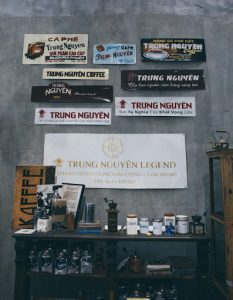
It provides a high-end, polished emergence and is highly repellent to weather and corrosion, making it an example for businesses attempting to find a modern, upscale look.
- Applications: Large Company branding, office signage, long-term outdoor use
- Benefits: Elegant, rust-resistant, long-lasting
- Drawbacks: Higher cost than some other options
3. Painted Aluminium Signs: Customizable and Durable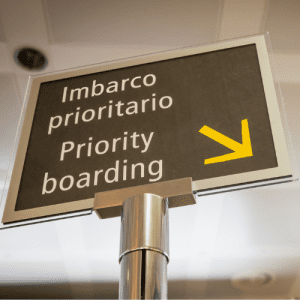
It unites lastingness with vibrant colours, giving both aesthetic interest and functionality for long-lasting signage.
- Applications: Outdoor branding, high-traffic areas
- Benefits: Weather-resistant, color customizable, highly durable
- Drawbacks: Requires professional installation due to weight
4. Correx Signs: Ideal for Temporary Signage
It is a folded plastic and is an inexpensive, lightweight material ideal for short-term signage needs, mainly outdoors.
- Applications: Events, real estate signs, short-term promotions
- Benefits: Waterproof, easy to transport, cost-effective
- Drawback: Susceptible to bending and weather damage over time
5. Cardboard Signs: Eco-Friendly and Temporary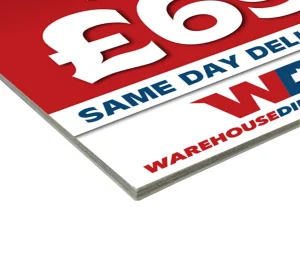
For environmentally conscious brands, cardboard offers a sustainable choice. It’s best used for indoor, temporary purposes.
- Applications: Pop-up shops, temporary indoor events
- Benefits: Sustainable, lightweight, cost-effective
- Drawbacks: Not weather-resistant or suitable for long-term use
6. Reboard Signs: Sturdy and Environmentally Friendly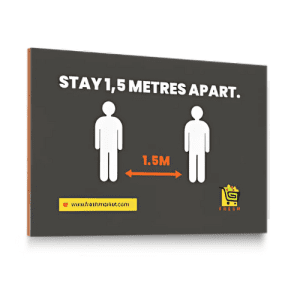
It is an engineered cardboard, is environment-friendly and longlasting, creating it a popular selection for both indoor and temporary outdoor use.
- Applications: Exhibitions, conferences, eco-conscious branding
- Benefits: Recyclable, strong, visually appealing
- Drawbacks: Delicate to moisture if used outdoors
8. Acrylic Signs: Versatile and Eye-Catching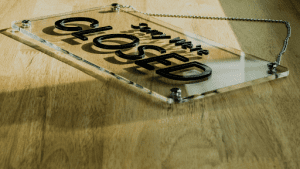
- Applications: Office signage, retail displays, illuminated signs
- Benefits: Crystal-clear like glass, weather-resistant, customizable
- Drawbacks: Prone to scratching; may warp under extreme heat
9. Polycarbonate Signs: Durable and High Impact
- Applications: Security signage, backlit signs, high-traffic areas
- Benefits: Extremely impact-resistant, UV-resistant, highly durable
- Drawbacks: More expensive than other options; scratches easily
10. Kapa Board Signs: Lightweight and Affordable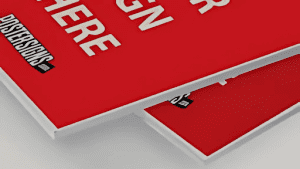
- Applications: Indoor events, point-of-sale displays, exhibitions
- Benefits: Lightweight, affordable, excellent print quality
- Drawbacks: Not weather-resistant; suitable only for temporary use
11. PETG Signs: Clear and Chemical Resistant
- Applications: Retail displays, protective barriers, menu boards
- Benefits: Chemical-resistant, flexible, easy to shape
- Drawbacks: Prone to scratching; may yellow over prolonged sun exposure
12. High Impact Polystyrene (HIPS) Signs: Cost-Effective and Printable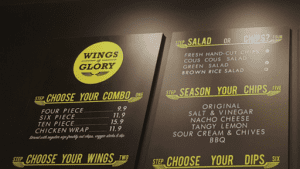
- Applications: Temporary indoor displays, point-of-sale signage
- Benefits: Affordable, high print quality, impact-resistant
- Drawbacks: Not UV-resistant, best suited for indoor use
Tips for Selecting Materials for Your Needs
Follow these tips before choosing signage materials:
- Analyse Your Environment: For outdoor use, materials like aluminum and Trespa would be magnificent, as they withstand weather extremes.
- Align with Brand Aesthetics: For a premium look, consider brushed or painted aluminium, which exudes a professional finish.
- Consider Your Budget: Foamex and Correx provide cost-effective solutions for temporary signs, while Trespa and aluminium work well for long-term investments.
- Opt for Sustainability: Materials like cardboard and Reboard allow eco-conscious branding and align with sustainability goals.
Conclusion: Choosing Signage Materials Can Make or Break Your Signage
Material selection is important in crafting impactful, eye-grabbing signage. Whether for short-term promotions or long-lasting installations, the Choosing Signage Materials improves the lastingness, lines up with your brand image, and makes sure your message is clear and professional. With the intuitions shared here, you’re supplied with the best material to make your signage work harder for your brand.
FAQs
Q1: What would be the most durable material for outdoor signage?
A: Brushed and painted aluminium, as well as Trespa, provides magnificent lastingness and withstand harsh weather conditions.
Q2: Which materials would best for eco-friendly signage?
A: Cardboard and Reboard are both sustainable, recyclable choices suitable for indoor or short-term signage needs.
Q3: How do I choose between Foamex and Correx for temporary signage?
A: If budget is a priority and the sign is for short-term use, Correx is a great choice. Foamex, however, offers a slightly more polished finish and can work indoors for a longer time.
Q4: Are metal signs worth the investment for small businesses?
A: Yes, metal signs like brushed aluminium provide a premium look and are highly durable, making them a solid long-term investment for brand visibility.
Q5: What materials can withstand high-traffic areas without frequent replacement?
A: Painted aluminium and Trespa would be ideal for high-traffic regions due to their strong build and resistance to wear and tear.
